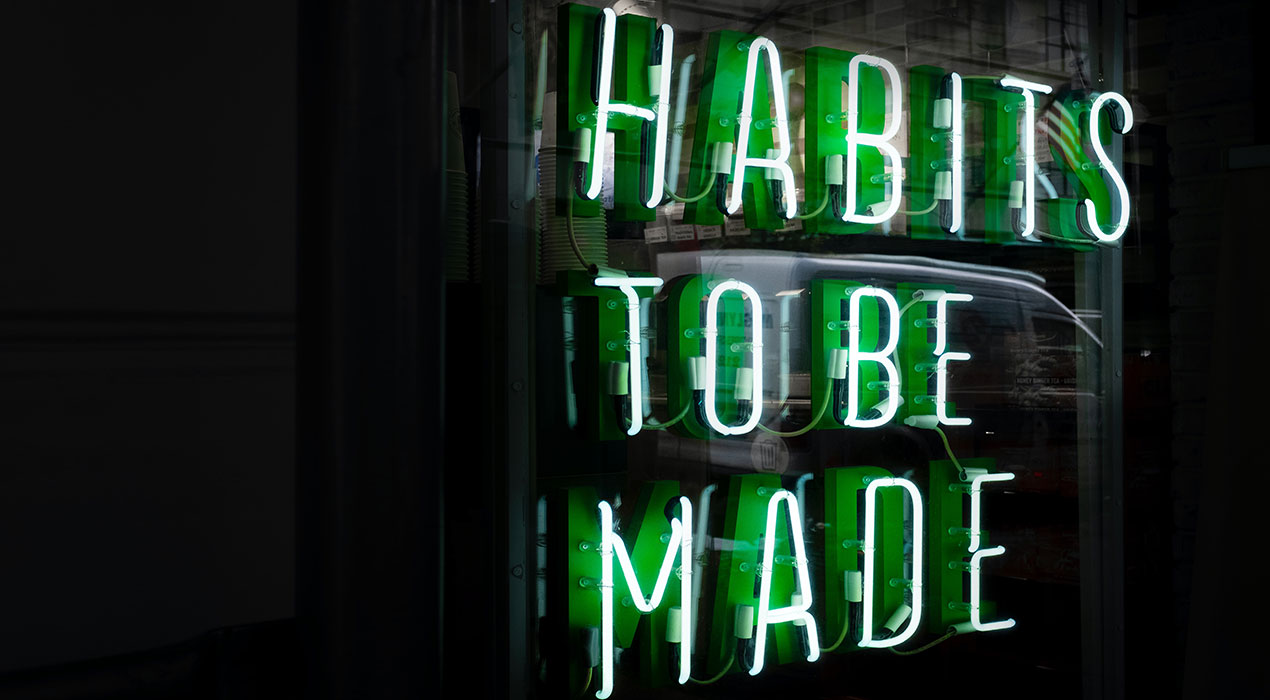Did you know your brain pattern matches?
We have evolved from cave dwellers and now have an intellectual part of our brain as well as a primitive part. Any information received is stored in both parts. Our brain habitually tries to organise what has happened to us, to help us understand it. Our minds constantly try to match up patterns. We may have been born with some patterns/templates, like stimuli to our environment. Our intellectual part of our mind always wants to grow and develop, however, whilst doing this it hopes to change our patterns/templates for our benefit.
The limbic system is constantly scanning our environment for potential threats and compares what is happening using our numerous senses with our survival templates, (often fearful memories). It decides if what is happening is threatening or enhancing to us. You may have walked in the woods and heard twigs cracking. This can trigger your alarm system, because any previous memories may be related to a predator. This sets off our flight, fight, or freeze response and the event is formed into sensory, sometimes emotional, memories and sent to the hippocampus, in our primitive part of the brain. Recent events or experiences are stored here and later sent to the neo-cortex as a narrative memory.
If we are involved in a deeply traumatic event, our emotional reaction can be so strong that the memory is retained in our limbic system. The event and related aspects of this are now seen as potentially life threatening. A template is formed incorporating vital information to make sure we avoid anything similar at all costs, (Le Doux J.E. 1992). Subsequently, if there is another full or partial match, our amygdala (Safety Guard) fires off an alarm. This all happens at a subconscious level, often leading to an inconceivable state of alarm. This is the fear, phobic, or PTSD response.
We have a built-in preference to go with what we know because it’s comfortable and it uses less energy/effort. Our brains are developed to find ‘errors’ which are “perceived differences between expectation and actuality”. The error signals are generated from our primitive brain causing anxiety and fear. Therefore, change can be painful – and requires special effort. So, any new instructions or new information, causes our primitive brain to go into defence mode, leading to anxiety.
We have the ability, via neuroplasticity to literally rewire our brains – repetition is key. Everything we think, feel, and do is governed by how our neurons connect to one another. We can literally grow our own brain cells. Our thoughts, behaviours, and environment reflect back on our neurons, influencing the pattern of connections. For example, we have mirror neurons, and when someone smiles it can cause someone else to, or if one person yawns, others also yawn. When we read about kicking a ball, those same neurons fire in our brain as if we were actually kicking it. Furthermore, if we had a bad or pleasant experience and during it we smelt lavender, then the next time we smell lavender our brain can pattern match and resurrect the same feelings/thoughts, which can be good or bad.
Solution Focused Hypnotherapy can help us by accessing the sub-conscious mind. While you are relaxed, you can take on board positive suggestions without seeing them as a threat, which will help re-wire your brain in a positive way. This way it is easier to overcome your fears and reduce anxiety.
I learnt this fascinating information during my training with the amazing CPHT in Bristol.
Lisa Pople
https://www.afsfh.com/hypnotherapists-postcodes/579-lisa-pople/

